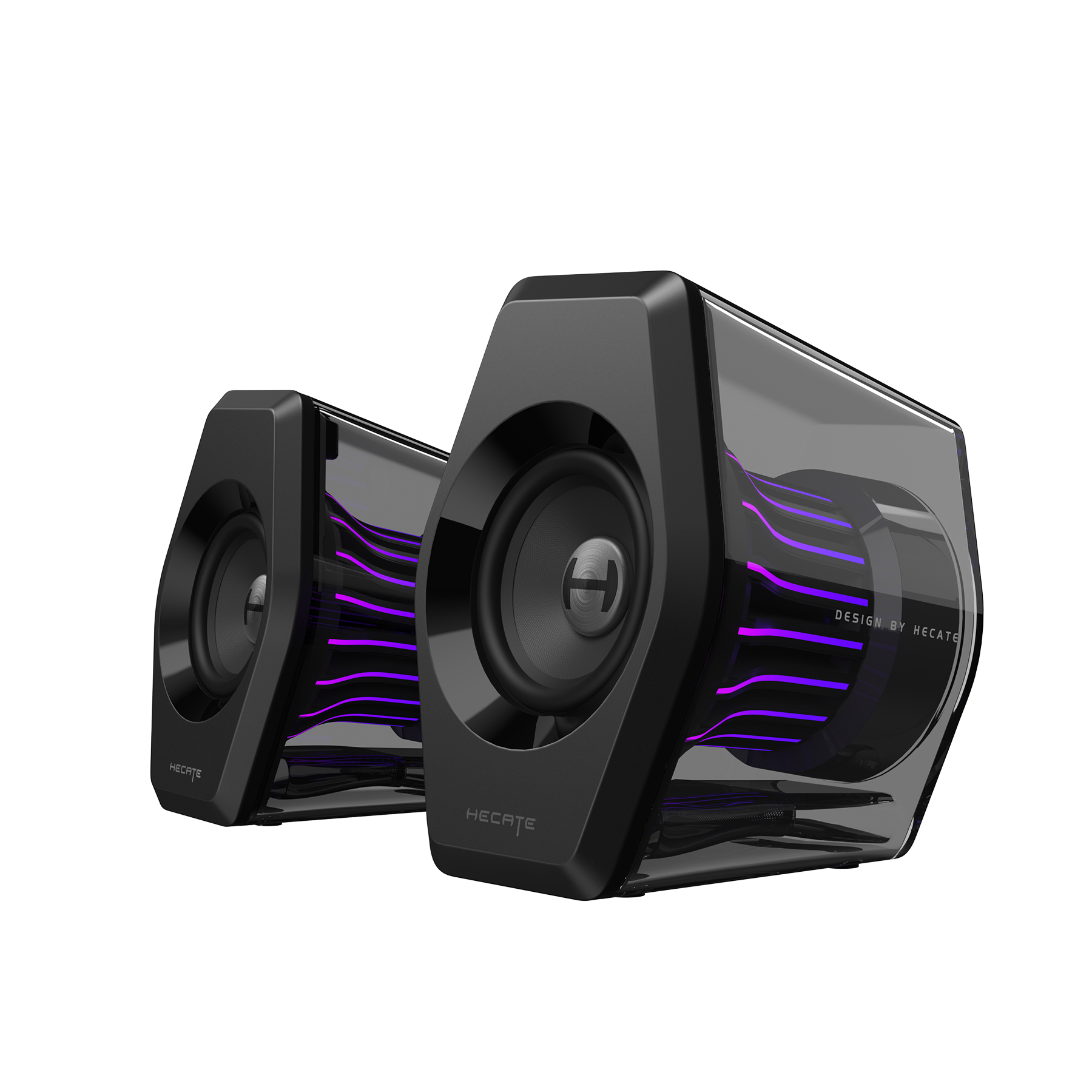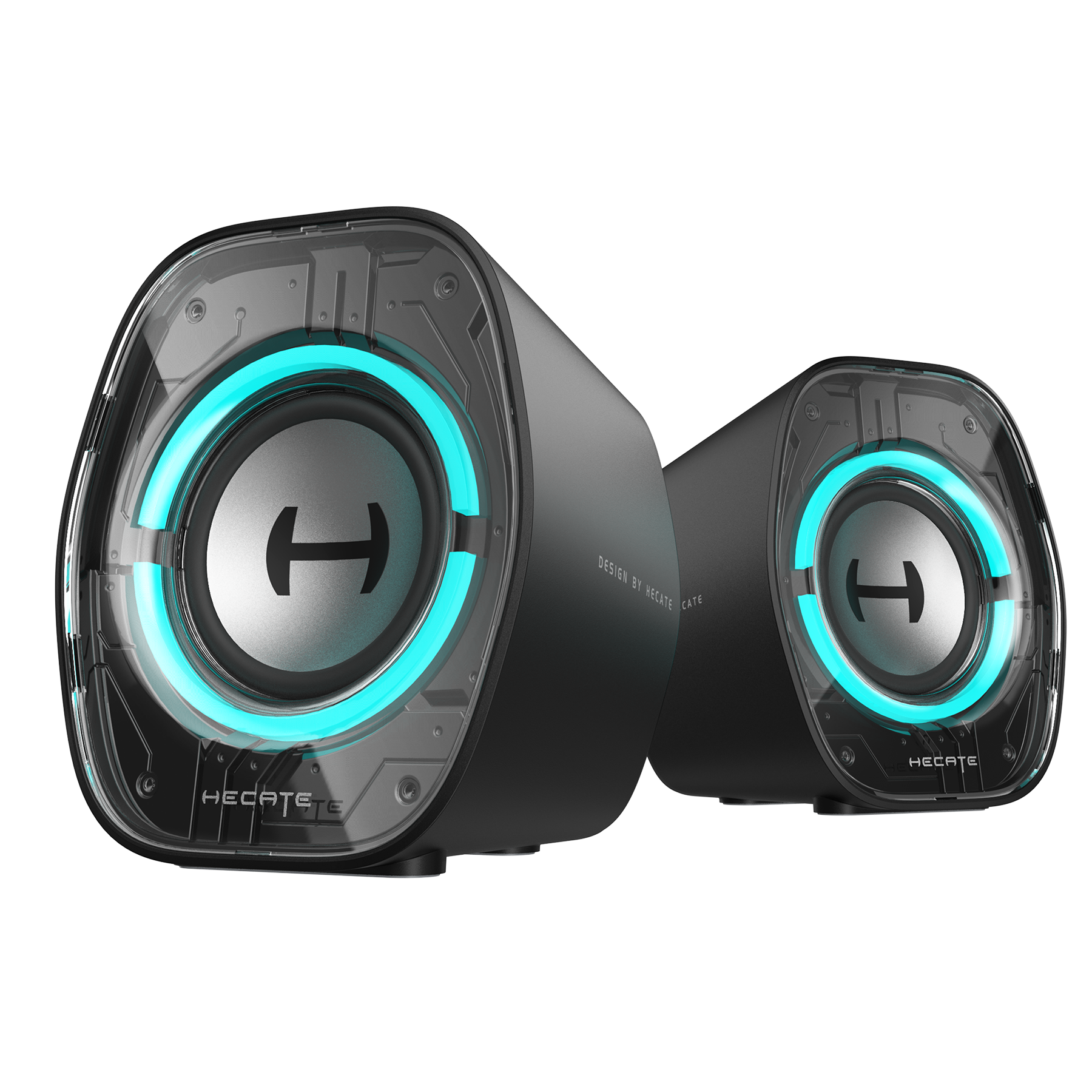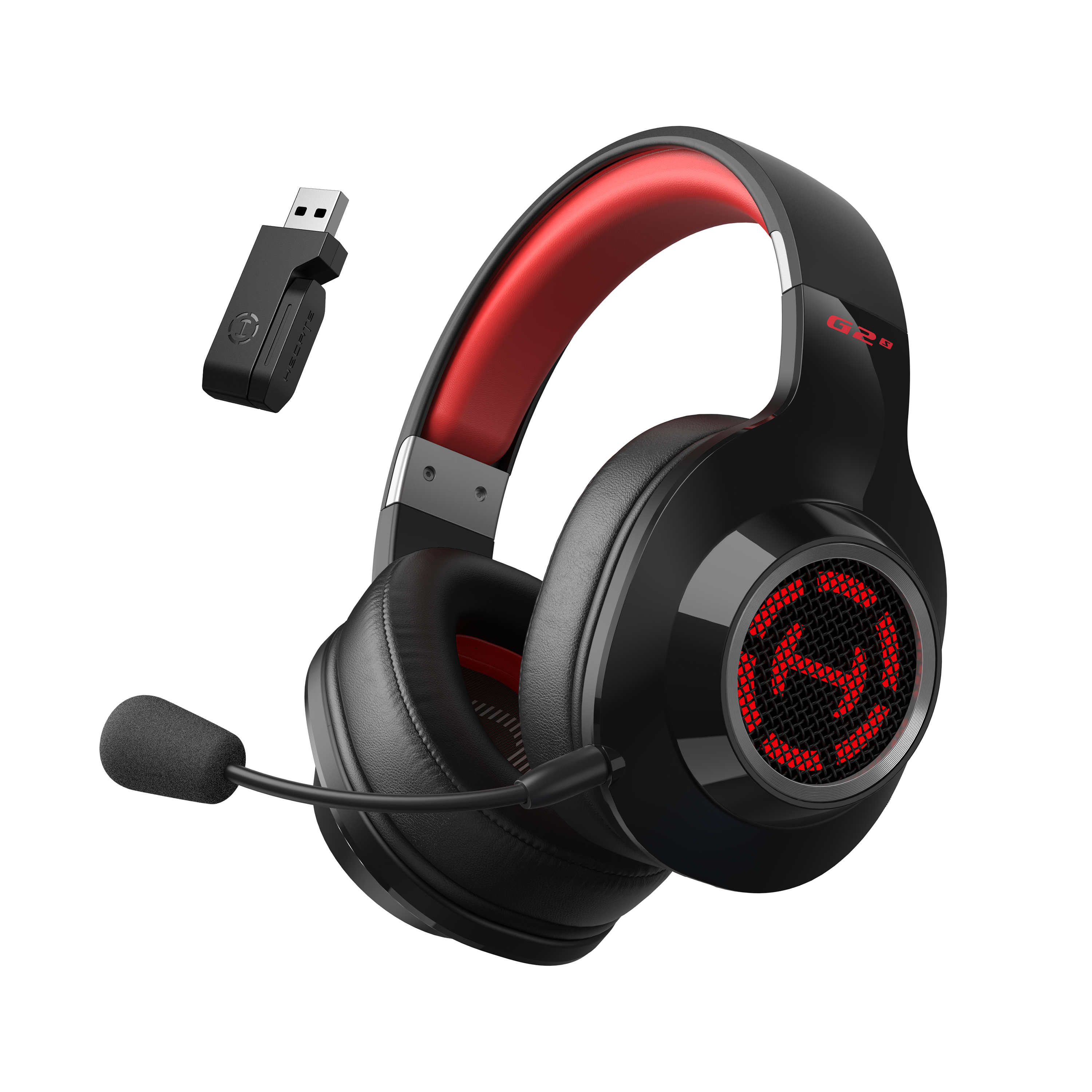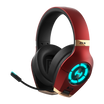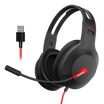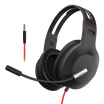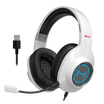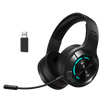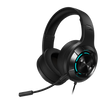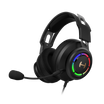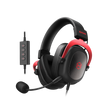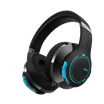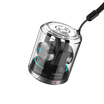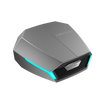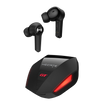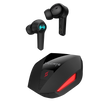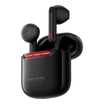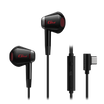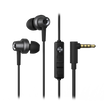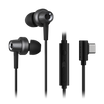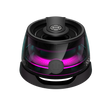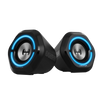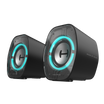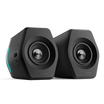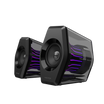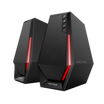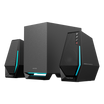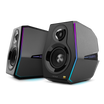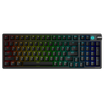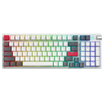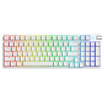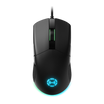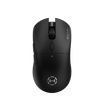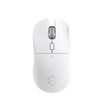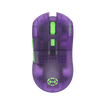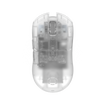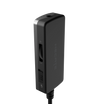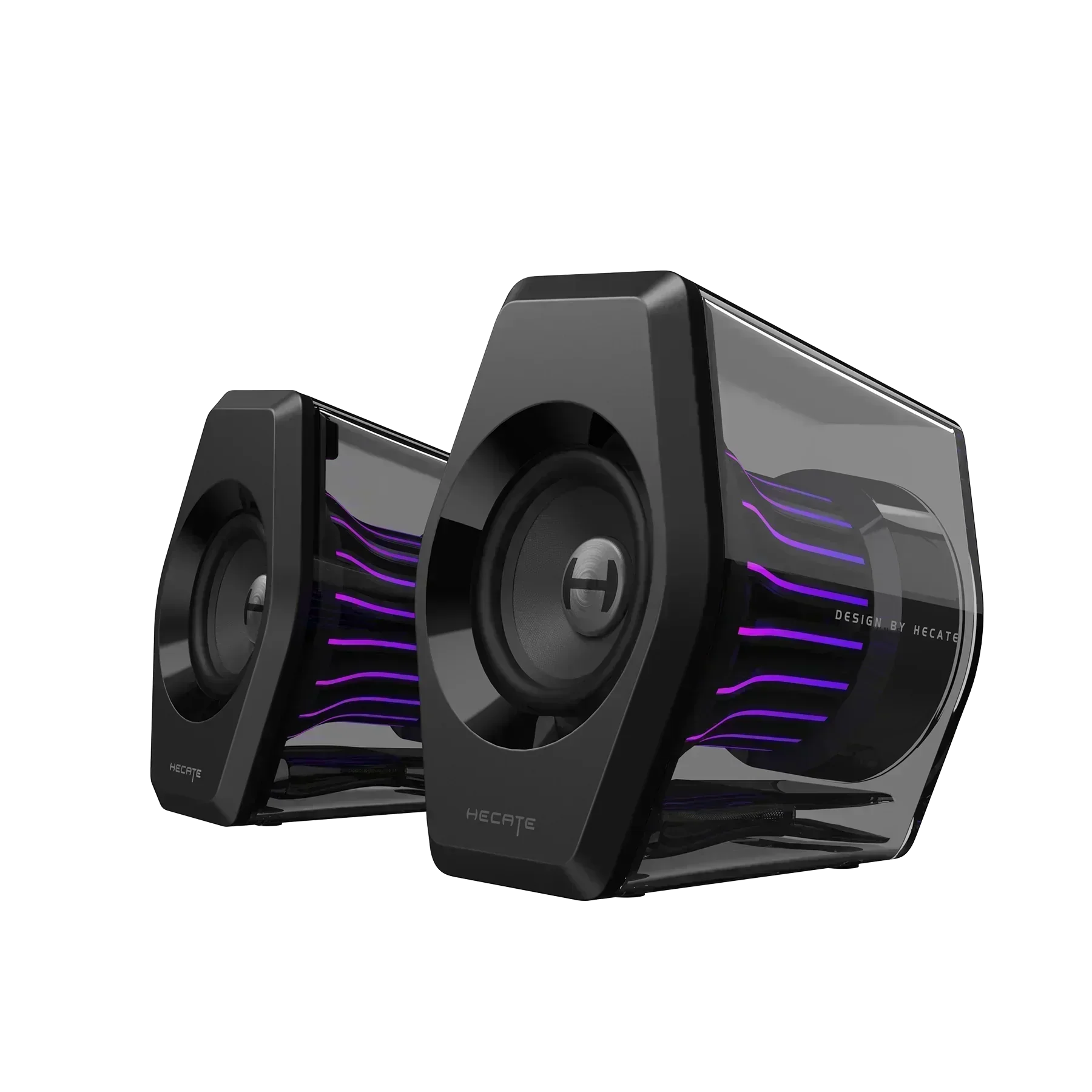A gaming headset is more than just an accessory—it’s a competitive advantage. Whether you're landing precise shots in FPS games like VALORANT and CS2, coordinating with your squad in Apex Legends, or exploring immersive RPG worlds, audio quality can define your experience.
To choose the best headset, you need to understand three key audio parameters: frequency response, impedance, and sensitivity. Let’s break them down and see why they matter for gaming.
1. Frequency Response (Hz): The Key to In-Game Audio Clarity
What is Frequency Response?
Frequency response refers to the range of sounds a headset can reproduce, measured in Hertz (Hz). The standard range for human hearing is 20Hz - 20kHz, and most gaming headsets stay within this range.
Why It Matters for Gaming
· Low Frequencies (20Hz - 250Hz) → Enhance deep bass effects (explosions, footsteps, environmental sounds).
· Mid Frequencies (250Hz - 4kHz) → Bring out voice clarity for team communication and sound cues.
· High Frequencies (4kHz - 20kHz) → Provide sharp treble sounds like distant gunfire and movement noises.
For competitive gaming (FPS, battle royales), you need a well-balanced frequency response that enhances directional sound cues.
For immersive RPGs and single-player games, boosted bass can make cinematic experiences more impactful.
Pro Tip: Some high-end gaming headsets extend beyond 20Hz - 20kHz (e.g., 10Hz - 40kHz), but this doesn’t always mean "better" sound—most of it is beyond human hearing perception. Instead, focus on how well the headset reproduces key gaming sounds.

2. Impedance (Ω): Balancing Power and Sound Quality
What is Impedance?
Impedance, measured in ohms (Ω), refers to how much electrical resistance the headset presents to the audio source. Lower impedance = easier to drive, while higher impedance = requires more power but delivers cleaner sound.
Why It Matters for Gaming
· Low impedance (16Ω - 32Ω) → Most gaming headsets fall into this range. They are optimized for gaming PCs, consoles, and mobile devices, meaning they don’t require an external amplifier.
· Medium impedance (32Ω - 80Ω) → Often found in higher-end gaming headsets. They can deliver cleaner, more detailed audio but may benefit from a DAC or amp for maximum performance.
· High impedance (100Ω - 300Ω) → Common in audiophile and professional studio headsets, requiring external amplification.
Most gaming headsets are designed with a 32Ω impedance, which is ideal for plug-and-play use on gaming PCs, PlayStation, Xbox, and Switch.
Pro Tip: If you’re using a dedicated gaming DAC/AMP, you can explore headsets with higher impedance for richer, more detailed sound, but for most gamers, 32Ω is the sweet spot.

3. Sensitivity (dB SPL/mW): How Loud Can Your Headset Get?
What is Sensitivity?
Sensitivity measures how efficiently a headset converts electrical power into loudness, expressed in decibels per milliwatt (dB SPL/mW).
Why It Matters for Gaming
· Lower Sensitivity (80 - 95 dB SPL/mW) → Requires more power to reach high volume. Common in studio-grade headsets.
· Standard Sensitivity (95 - 105 dB SPL/mW) → Most gaming headsets fall in this range, delivering balanced loudness and clarity without excessive power requirements.
· High Sensitivity (105+ dB SPL/mW) → Can be very loud even at low power, but excessive volume can introduce distortion.
Most gaming headsets have sensitivity levels of around 100 dB SPL/mW, making them efficient enough for gaming PCs, consoles, and mobile devices without needing additional amplification.
Pro Tip: High sensitivity + low impedance ensures easy driveability, making a headset more compatible with consoles and gaming laptops without needing extra power.

Comparing Gaming Headset Specs: What Should You Look For?
|
Feature |
Casual Gaming |
Competitive Gaming |
Pro/Esports |
|
Frequency Response |
20Hz - 20kHz (Standard) |
20Hz - 20kHz (Balanced for accuracy) |
10Hz - 40kHz (Enhanced detail) |
|
Impedance |
16Ω - 32Ω (Plug-and-play) |
32Ω - 80Ω (PC-focused) |
80Ω - 300Ω (Requires DAC/AMP) |
|
Sensitivity |
95 - 105 dB SPL/mW |
100 - 105 dB SPL/mW |
100+ dB SPL/mW (Precise but controlled) |


